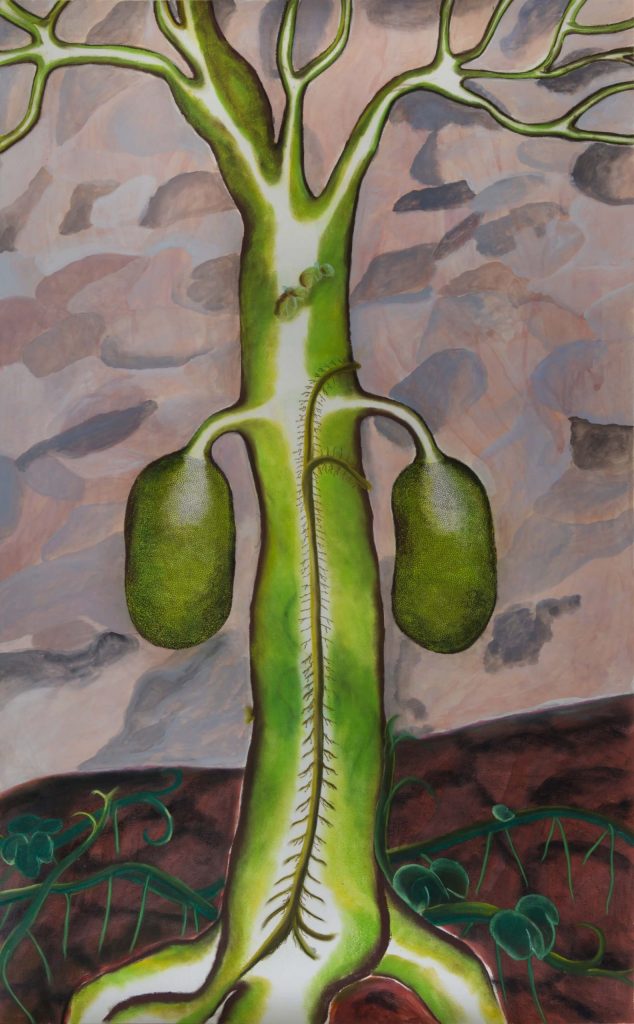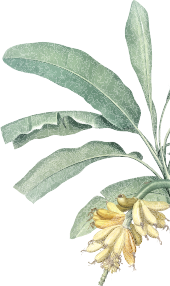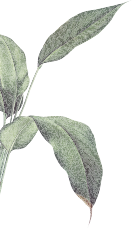
Jackfruit: a reluctant and sticky ingredient
“I like jackfruit, its spiky yet beautiful shape, and I am very passionate about painting various images of jackfruits”- Sosa Joseph
“hasidu halasu tinnu, undu maavu tinnu” (when hungry, eat a jackfruit, when full, eat a mango) – Kannada idiom
Jackfruit is a tropical fruit that can be found in Thailand, Indonesia and is now also grown in many parts of Asia, Africa, South America, and northern Australia. India has adored the bulky jackfruit for centuries. But the fruit is native to South India and was cultivated between 3,000-6,000 years ago. In recent years, there has been a growing interest in the humble fruit: as a vegan alternative to meat, as an alternative source of starch to meet worldwide industry demands, and it is also being explored by western chefs, in burgers and raviolis, since it has been declared a “superfood”. Food historian K.T. Achaya looked at the fruit with humour and fondness: “To me, the fruit always looked like a child stubbornly hanging on his parent’s leg, asking for candy at the store.”
Jackfruit gets its name from the Portuguese jaca, which is in turn derived from the Malayali chakka. The Sanskrit word for Jackfruit- phanasa, is thought to be borrowed from Mundari, the indigenous language of the central Indian ethnic group of Mundas, popular in states of Madhya Pradesh, Bihar, Jharkhand and Odisha. The Mundas have a rich intangible folk tradition that is reflected in their leisure activities. One such activity is the Jackfruit game, where the participants pretend to be a jackfruit tree, the fruit, the owner and the thief. The game concludes with a mock-puja, highlighting the revered position of the fruit in the community. Within the same geographical area is the famous Bharhut Stupa, which flaunts sculptural jackfruits on its bas reliefs, suggesting that the fruit held importance from as early as 2nd century BCE. From making an appearance on religious sites to being turned into chips, jams, pickles and curries pan India in the form of recipes here like katahal-do-pyaaza, the jackfruit has intrinsically woven itself into the country’s cultural ethos. One has no alternative but to agree with the 14th century Moroccan scholar Ibn Battuta – it is the best fruit in India.
Jackfruits weigh about 11 kilos, on an average, and the fruit needs strength and knowhow for harvesting. Once in the kitchen, the jackfruit is not easy to prepare. Its juices make it sticky and many cooks oil their hands before dealing with the pods, flesh and pulp. Luckily, in many parts of India you can buy jackfruit peeled and cut into pieces. Jackfruit can be eaten raw and cooked both, and is highly nutritious.





Share It Now...